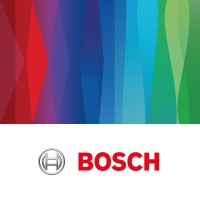
MW Components
MW Components is focused on accelerating the entire process of delivering custom, stock, and standard parts to virtually any volume and against demanding deadlines. We work to highly complex tolerances. We help simplify the management of any number of different components. And we take a no-compromise approach to quality. With MW Components you can be sure you’ll get the right part to the right specification when and where you need it. Certifications and registrations include: AS9100; ISO-9001; ISO13485, ISO/TS16949; QS-9000; ITAR; DFARS; REACH; RoHS; Mil-I-45208A; Mil-Std-45662; API 14 A+D; ANSI/ASME SPPE-1; QSLM; JCP; FDA Registered Facilities; ISO 8 Class 100,000 Certified Cleanroom






